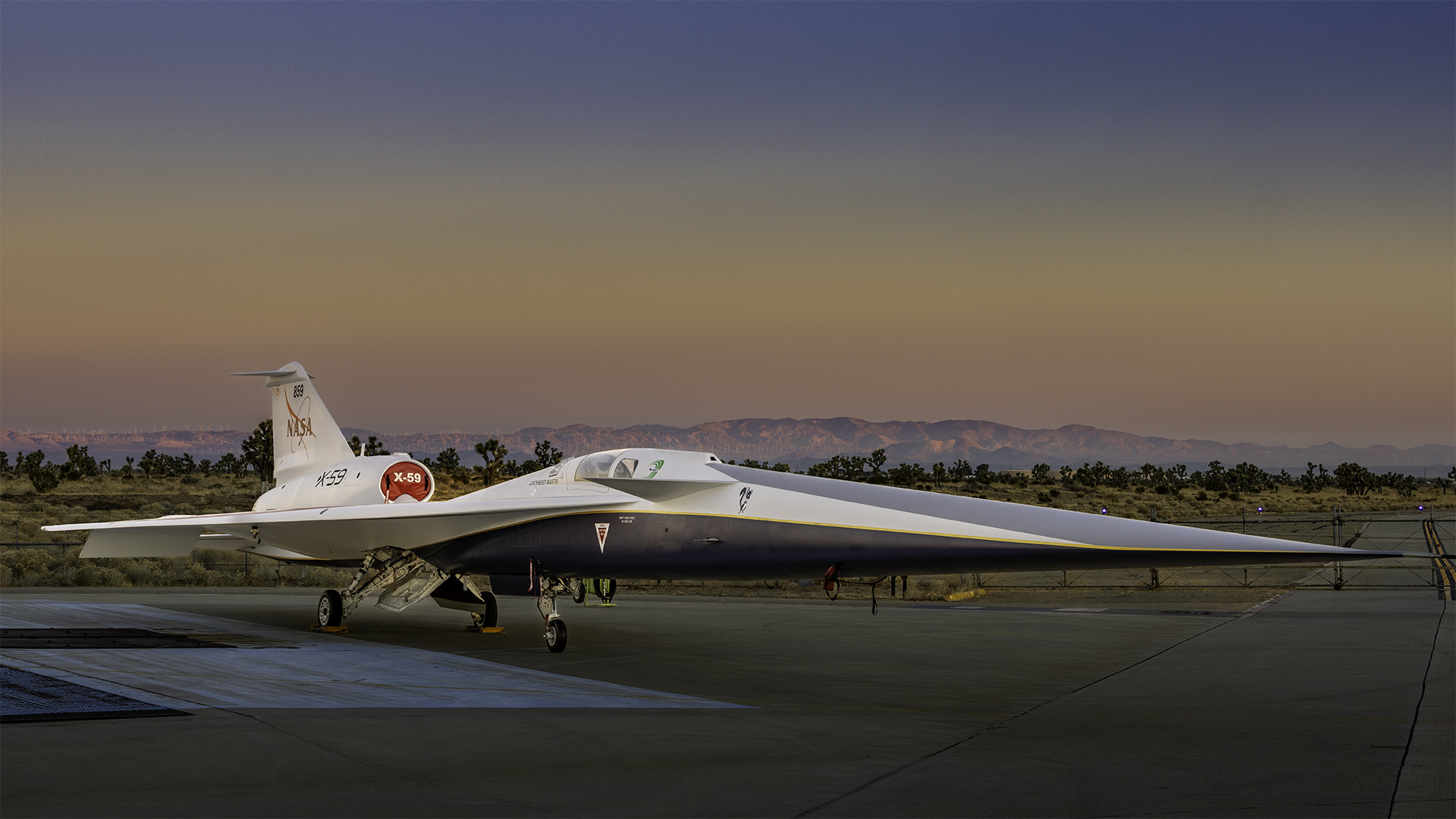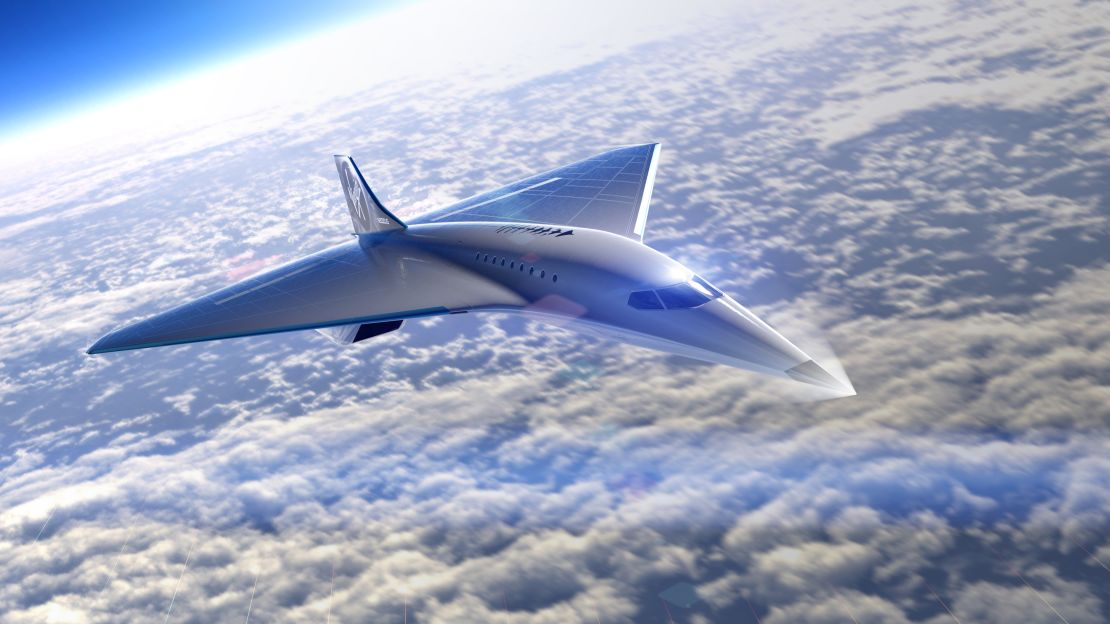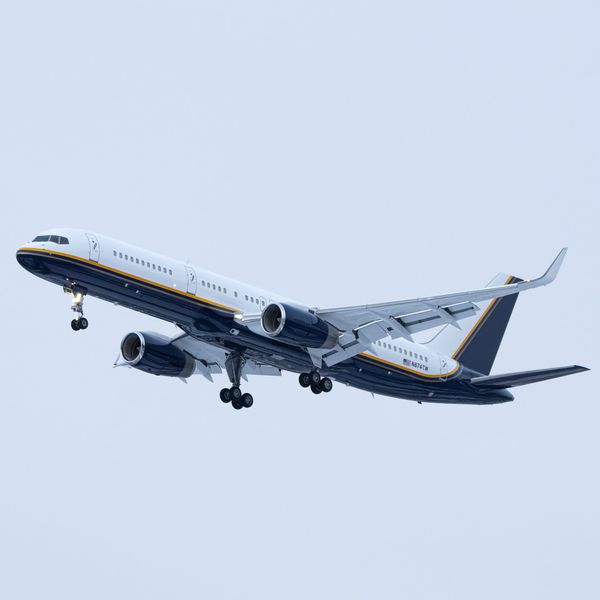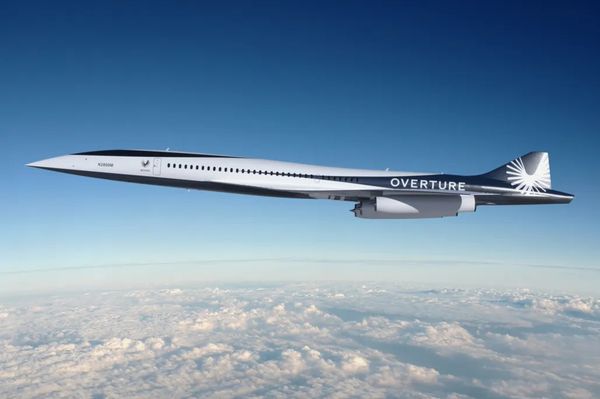Passengers are likely to think of the idea of speed when supersonic is mentioned. By definition, supersonic speeds are anything that moves faster than the speed of sound. However, at least for regular commercial airliners, a plane or aircraft at this speed has always appeared lofty. The Concorde was the first of its kind, moving at quick speeds between 1969 and 2003, predominantly in France and the UK.

Only twenty aircraft were ever made, and each could hold less than one hundred passengers. However, over twenty years after the last flight, new aerospace companies are developing instruments and researching ways to achieve supersonic speeds at both a suitable price and a sustainable device.
In January 2024, NASA released the X-59 demonstrator jet, an aircraft capable of reaching supersonic speeds, rekindling interest in the subject. Most supersonic aircraft and innovations in the space are currently for military use. Defense companies have invested billions in supersonic research between light aircraft and missile development, pushing the latter towards hypersonic speeds. Although defense contractors hold many government engineering contracts in this space, research and design labs also do similar work.

The simple answer to why supersonic aircraft have suddenly returned to industry discussions is time. Companies project that flight times will reduce dramatically if science and engineering develop correctly. Hermeus, a Georgia-based aerospace company, estimates they can get a flight between New York and London in as little as 90 minutes. Although scaling is important with these ambitious projects, the company is testing its first combined turbojet-ramjet engine for now.
Other companies in the market, such as Boom Technologies (Supersonic), have already held pre-orders and purchase agreements to develop Boom Overture, a supersonic passenger airliner. American Airlines and United Airlines have expressed interest in the development, pledging to buy a collective 35 aircraft. The Colorado-based company plans to use tri-turbofan engines on the Overture, which would hold 60 to 80 individuals, similar to the Concorde.
Exosonic, a California-based company, is jointly researching supersonic technologies for a man-powered jet and unmanned aerial vehicles (UAV). The company believes that the UAV research can help push the capabilities of a supersonic and quiet plane, as they state, "UAVs serve as a steppingstone towards the company's vision of going supersonic everywhere."
Although the development of supersonic jets for commercial use reduces transit times, these projects are extremely expensive. Building these devices at reasonable price points will be crucial to their expansion. Additionally, sustainability watchdog groups will be keen to monitor fuel consumption on these vessels.

The fastest cars use the most fuel, emphasizing the need for more sustainable fuel sources across the transportation industry. High-speed trains are also growing in popularity, and although sources suggest that China is attempting to get a train to supersonic speeds, engineering has not yet been done. Rail transit currently remains subsonic.
Photo Essay: N874TW, The DOJ Jet That Brought Maduro to New York » Thai Airways Welcomes First Airbus A321neo » ATC ‘Keep Your Speed Up’ Instruction Preceded United 737 MAX 8 Houston Runway Excursion »
Comments (0)
Add Your Comment
SHARE
TAGS
INFORMATIONAL Innovation Supersonic Hypersonic Boom Technologies Hermeus Exosonic Future Startup Technology GovernmentRECENTLY PUBLISHED
 Photo Essay: N874TW, The DOJ Jet That Brought Maduro to New York
On January 3, 2026, a Boeing 757 landed at Stewart Air National Guard Base in Newburgh, New York. This article outlines the history of the aircraft, and shows photos taken by planespotters of Maduro's landing in SWF.
STORIES
READ MORE »
Photo Essay: N874TW, The DOJ Jet That Brought Maduro to New York
On January 3, 2026, a Boeing 757 landed at Stewart Air National Guard Base in Newburgh, New York. This article outlines the history of the aircraft, and shows photos taken by planespotters of Maduro's landing in SWF.
STORIES
READ MORE »
 This Week in Aviation: The 10 Stories That Mattered Most
From major airline developments to aircraft updates and industry shifts, this weekly recap highlights the ten most-read aviation stories from the week of December 28.
INFORMATIONAL
READ MORE »
This Week in Aviation: The 10 Stories That Mattered Most
From major airline developments to aircraft updates and industry shifts, this weekly recap highlights the ten most-read aviation stories from the week of December 28.
INFORMATIONAL
READ MORE »
 Nearly 500 Flights Cancelled Following Venezuela Attack, Caribbean Airspace Closure
Hundreds of flights have been cancelled this morning after an overnight U.S. military attack in Venezuela left airspace in much of the Caribbean closed.
NEWS
READ MORE »
Nearly 500 Flights Cancelled Following Venezuela Attack, Caribbean Airspace Closure
Hundreds of flights have been cancelled this morning after an overnight U.S. military attack in Venezuela left airspace in much of the Caribbean closed.
NEWS
READ MORE »



